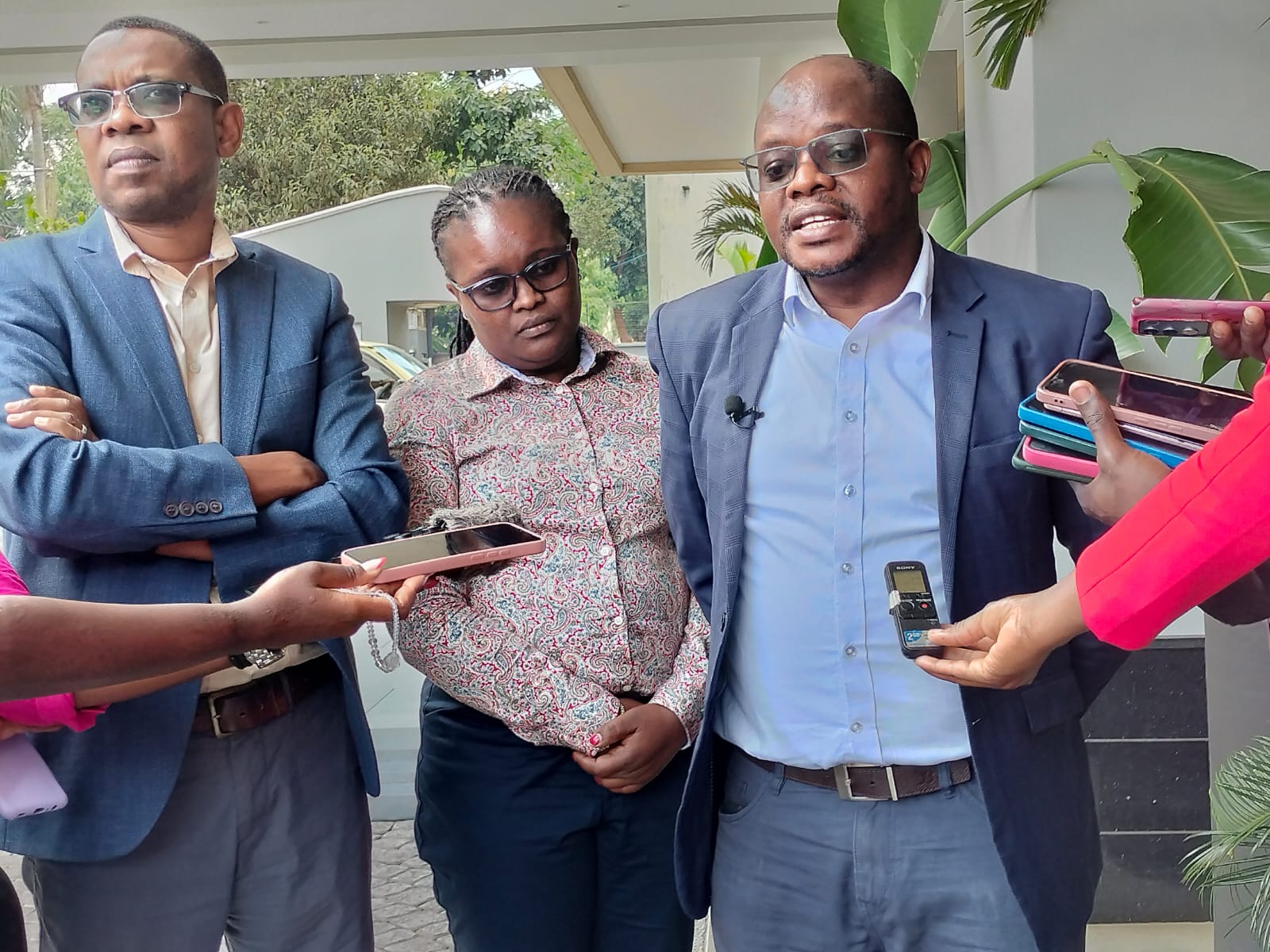Adolescent mothers in Kenya continue to face significant challenges in resuming their education despite the country’s school re-entry policy. Maurice Mutisya, Director of Zizi Afrique Foundation highlighted key barriers preventing young mothers from returning to school.
New research conducted by Zizi Afrique Foundation shows that counties such as Siaya, Samburu and Mombasa are grappling with high rates of adolescent pregnancy, yet many affected girls never return to school. A major obstacle is a lack of awareness among teachers and school administrators. Some principals do not fully understand the policy, leading to inconsistent implementation. Others fail to create an environment that supports the return of young mothers.
Stigma remains a pressing issue. Many adolescent mothers fear rejection by their peers and teachers, making reintegration difficult. Cultural beliefs in some communities further reinforce the idea that motherhood marks the end of education. This negative perception often leads to shame, isolation and, in extreme cases, unsafe abortions.

Financial hardship also plays a role in keeping young mothers out of school. With limited resources, many struggle to afford school fees and basic needs for themselves and their children. The burden is even greater for adolescent mothers with disabilities, who face additional challenges.
A study in Samburu County found that about 20 girls per school drop out annually due to pregnancy, deepening the cycle of poverty.
In addition, minimal awareness and support for the re-entry policy hinders its effectiveness. Some school administrators, parents, and even students are reluctant to discuss cases of returning mothers, making it difficult to track progress. The lack of childcare facilities further complicates the situation, leaving young mothers torn between school and their parenting responsibilities.
Read more on:
Kenya, Australia Launch KSh 287M Green Initiative.
Despite these challenges, the study identified key factors that can help adolescent mothers return to school. Support from family members – especially female caregivers – plays a critical role. Personal ambition and motivation also drive some girls to continue their education against all odds. In addition, guidance and counseling from teachers, as well as interventions from governmental and nongovernmental organizations, contribute to re-entry success.
Speaking during a media briefing, Mutisya emphasized the urgent need for targeted interventions. Schools must actively support returning students, while community awareness campaigns can help change negative attitudes. The government must also strengthen monitoring systems, provide financial support and establish childcare centers to ease the transition for young mothers.
“We cannot talk about gender equality while adolescent mothers remain locked out of education,” Mutisya said. “Every girl deserves a second chance, regardless of her circumstances.









